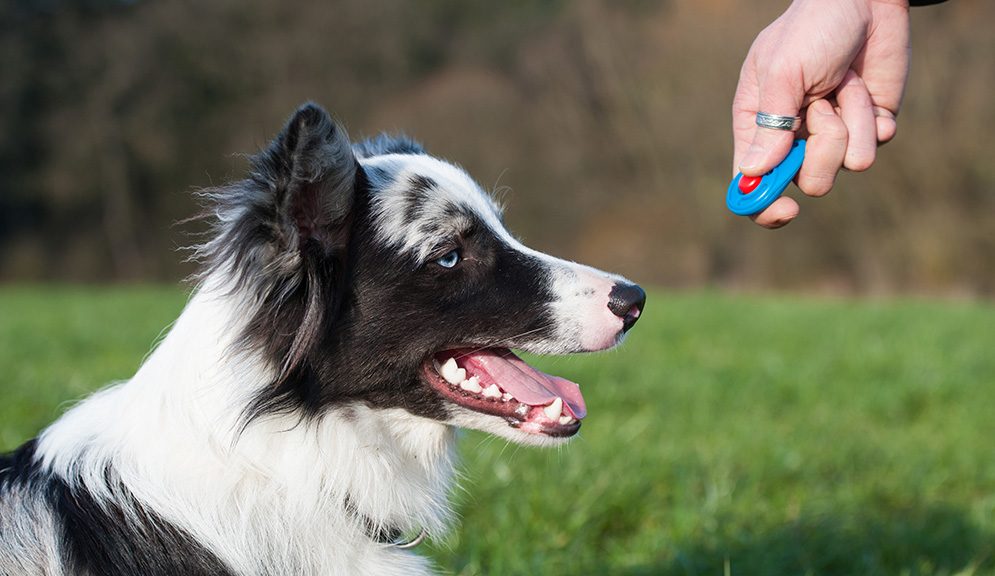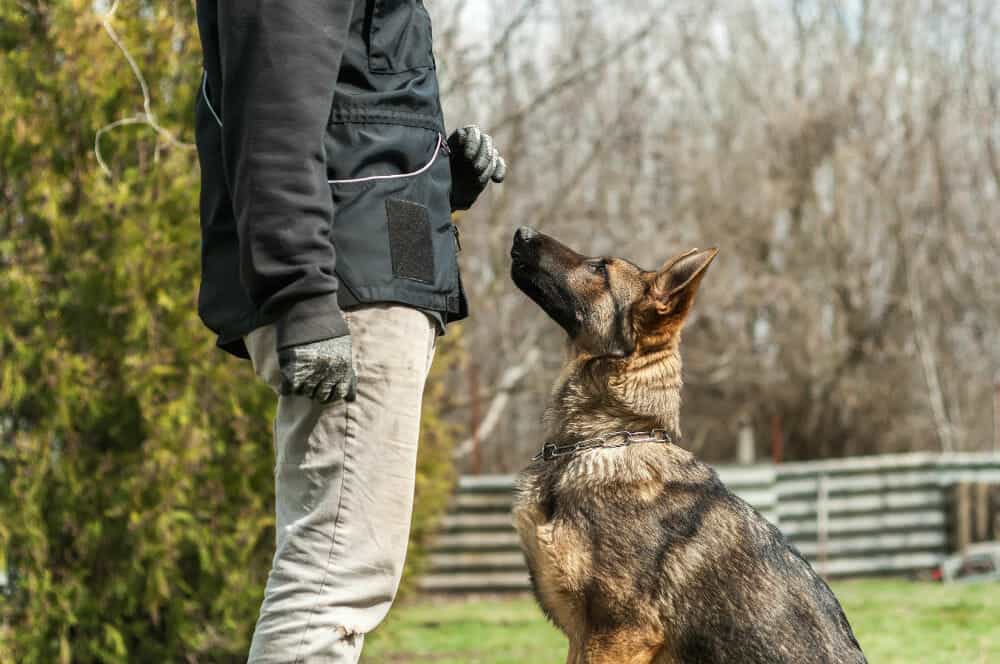Necessary Tips for Successful Dog Training: An Overview for Family Pet Owners
Efficient dog training is a diverse procedure that requires a calculated approach customized to both the animal's personality and the owner's purposes. Recognizing just how to navigate these barriers can substantially boost the training experience, inevitably changing the connection between owner and dog.
Recognizing Canine Habits
Recognizing pet actions is vital for efficient training and cultivating an unified relationship in between pooches and their proprietors. Pet dogs interact primarily with body movement, vocalizations, and actions, making it critical for owners to analyze these signals properly. Acknowledging a canine's pose, tail setting, and ear orientation can provide understandings right into its psychological state. For circumstances, a wagging tail does not always suggest joy; it can additionally indicate excitement or anxiousness.
Socializing plays a significant duty in canine habits; direct exposure to various environments, individuals, and various other animals can significantly affect a dog's character. Elements such as breed qualities and individual personality should guide training methods, as some breeds may have particular behavior qualities that necessitate tailored methods. By recognizing these aspects, proprietors can create a supportive environment that motivates positive actions, leading to successful training end results and a much deeper bond with their pets.
Establishing Constant Commands
Reliable interaction with your dog begins with developing regular commands. This foundational element of training is crucial for fostering understanding in between you and your animal. Uniformity in the commands you make use of ensures that your pet can reliably link details words or phrases with the desired behaviors.
When choosing commands, select clear, distinct words that are easy to state and set apart from each other. Stay clear of using similar-sounding commands that might confuse your pet dog. Using "rest" and "stay" is appropriate, however "rest" and "hit" might lead to misunderstandings.
Additionally, preserve the exact same tone and volume for each command. Dogs are sensitive to singing hints, so differing your tone can create complication.
It is equally essential to ensure that all relative are on the very same page relating to the commands utilized. A united front in command usage will certainly avoid combined signals and reinforce the understanding procedure.
Positive Support Techniques
The power of positive support in pet training exists in its ability to urge wanted actions via incentives and praise. This technique is based in the concept that habits adhered to by desirable end results are more probable to be repeated. By integrating favorable reinforcement into your training regimen, you can properly shape your pet's habits in a constructive fashion.
To apply positive reinforcement, it's vital to determine what motivates your canine, whether it be treats, toys, or spoken praise. my sources When your pet does a wanted activity, such as resting on command, quickly award them with a reward or affection. This organization in between the command and the favorable end result enhances their understanding.
It's important to timing the benefits correctly; providing the reinforcement within seconds of the preferred habits helps your dog make the connection (dog training). Furthermore, consistency is key-- ensure that all relative make use of the same commands and reward systems to stay clear of confusion

Slowly, you can reduce the frequency of treats as your pet discovers the actions, transitioning to commend or recurring rewards. This technique not Discover More just promotes a strong bond in between you and your pet dog however also advertises a positive understanding setting, making educating an enjoyable experience for both.
Socialization and Communication
Constantly subjecting your dog to a range of atmospheres, people, and other animals is critical for their social growth. Socialization ought to begin early, preferably throughout the vital home window of 3 to 14 weeks, when pups are most responsive to brand-new experiences. Nevertheless, older pet dogs can additionally gain from recurring socializing efforts.
Introduce your pet to different settings, such as parks, pet-friendly shops, and city areas. This direct exposure assists them adjust to numerous stimuli, minimizing anxiousness and anxiety responses. Urge favorable visit interactions with various other pet dogs and individuals, ensuring that these encounters are regulated and secure to promote self-confidence.
Utilize organized playdates with well-mannered pets, as this can improve your pet dog's social skills and instruct them proper habits. Obedience classes and training sessions also provide superb possibilities for socializing, enabling your pet dog to interact with others in a supervised environment.
Monitor your canine's body language throughout interactions, as this will help you gauge their comfort level. Slowly enhance direct exposure to more challenging situations while making sure that each experience is positive. A well-socialized canine is most likely to display balanced behavior, making them a happiness to have in any setup.
Attending To Usual Training Obstacles
Every dog owner will certainly run into training difficulties eventually, despite their dog's age or socialization degree. Determining common issues such as stubbornness, interruptions, and terror can help in developing reliable approaches for renovation.

Slowly introduce interruptions as the dog comes to be more skilled in commands. Short, regular training sessions are likewise effective in keeping attention.
Fearfulness can hinder a pet dog's knowing procedure. Steady desensitization to the resource of worry, paired with positive support, can assist ease anxiousness. Patience is vital; never force a pet dog into a situation that causes distress, as this may exacerbate the concern.
Ultimately, understanding and resolving these usual obstacles with an organized technique will certainly promote a more productive training experience, reinforcing the bond in between pet and proprietor while advertising reliable discovering.
Verdict
In summary, successful pet dog training depends on a detailed understanding of canine behavior, the establishment of regular commands, and the application of favorable reinforcement strategies. Socialization plays a vital role in creating well-adjusted pets, while attending to common training obstacles calls for perseverance and adaptability. By implementing these vital techniques, pet owners can cultivate a solid bond with their pet dogs and promote preferable behaviors, inevitably leading to an unified relationship in between people and their canine companions.
Recognizing dog behavior is essential for reliable training and promoting a harmonious relationship between canines and their owners.Socialization plays a significant function in canine actions; exposure to different settings, people, and other animals can considerably impact a pet dog's personality.The power of favorable reinforcement in pet dog training lies in its capacity to motivate wanted behaviors via rewards and praise. By including favorable support right into your training program, you can efficiently form your dog's behavior in a positive way.
In recap, effective dog training counts on a detailed understanding of canine behavior, the facility of consistent commands, and the application of positive support techniques.